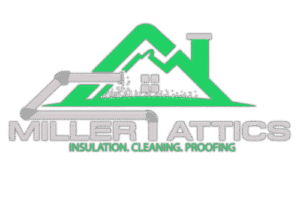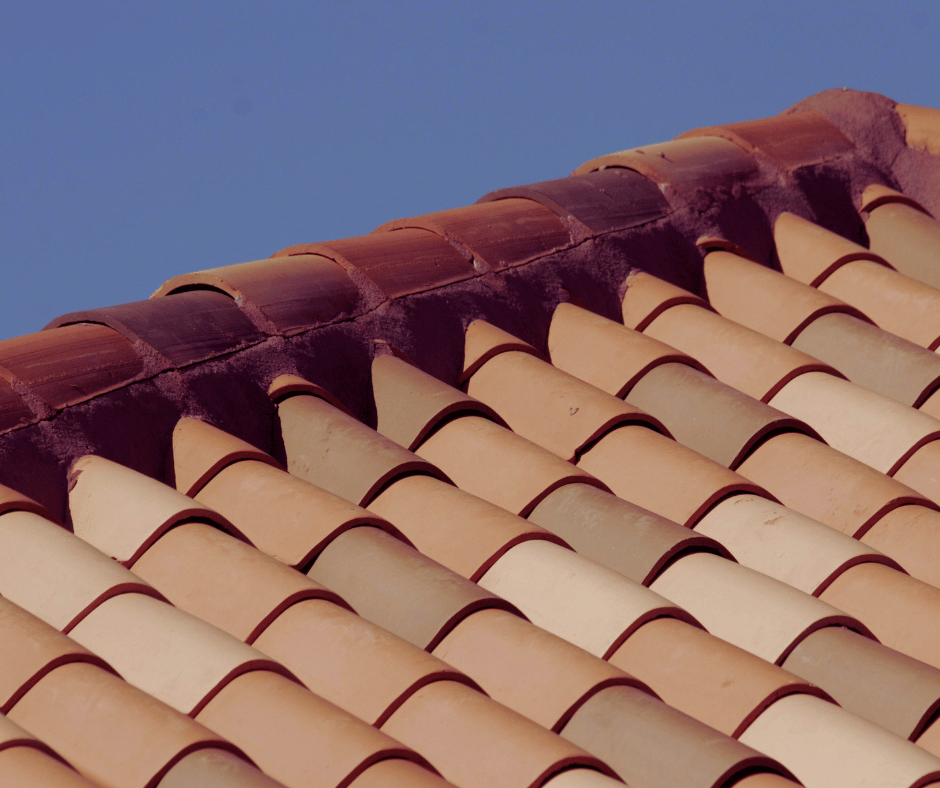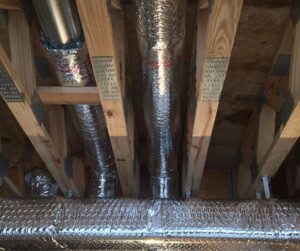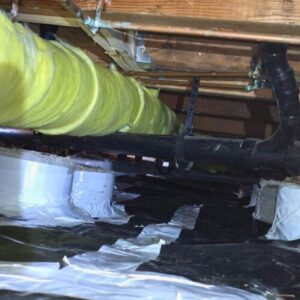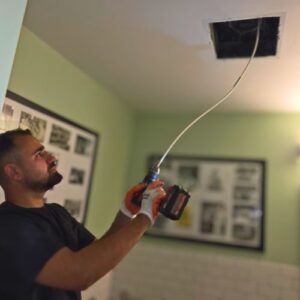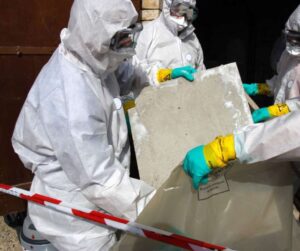When I first started working in home energy efficiency, I didn’t think much about radiant barrier insulation. I was focused on the usual suspects—fiberglass batts, blown-in cellulose, spray foam. But over the years, especially in hot climates, I’ve learned how much of a game-changer radiant barriers can be. The right radiant barrier insulation can slash summer cooling costs, make your attic more bearable, and extend the life of your HVAC system.

What Radiant Barrier Insulation Does
Unlike traditional insulation that slows heat transfer through conduction and convection, radiant barrier insulation works by reflecting radiant heat away from your home. It’s usually made of a reflective aluminum foil attached to a substrate like kraft paper or plastic film. Installed in the attic, it reduces the amount of heat that enters your living space from the roof.
In my experience, combining radiant barrier attic insulation with traditional insulation delivers the best results. Your existing insulation handles conduction and convection, while the radiant barrier handles radiation. That combination can make a noticeable difference in both comfort and energy bills.
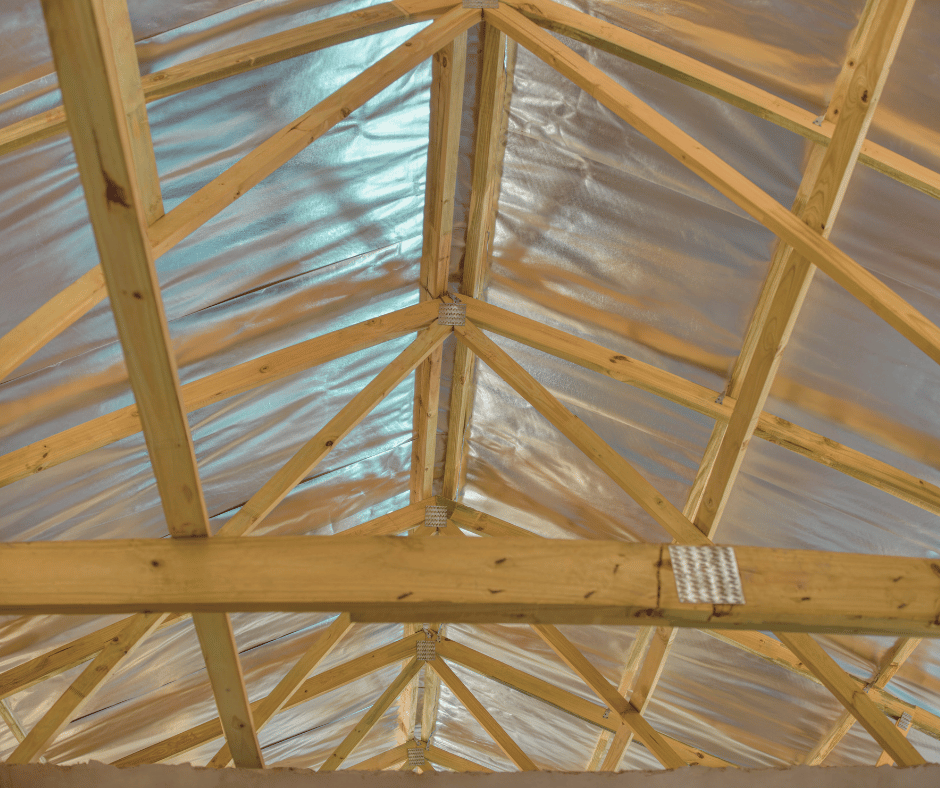
Why It’s a Smart Upgrade
If you’ve ever opened your attic hatch on a summer afternoon and felt a blast of heat, you know why radiant barrier insulation works. That heat radiates down into your home, forcing your AC to work harder. By reflecting up to 97% of radiant heat, a properly installed barrier can keep attic temperatures 20–30°F cooler.
I once worked on a home where the upstairs was always 5–7 degrees hotter than the downstairs. After adding double reflective insulation radiant barrier across the rafters, the temperature difference dropped to just 1–2 degrees—and the AC cycles were noticeably shorter.
Radiant Barrier vs Insulation – Understanding the Difference
Many homeowners ask about radiant barrier vs insulation and which one is better. The truth is, they do different jobs. Traditional insulation slows heat transfer; radiant barriers reflect heat. In hot climates, radiant barriers are incredibly effective because most of the heat comes from solar radiation. In cooler climates, their impact is less dramatic, but they can still help if your home gets a lot of direct sun.
I often explain it like this: insulation is like a sweater that keeps you warm by trapping body heat; a radiant barrier is like a sunshade that keeps the heat from hitting you in the first place. Ideally, you use both.
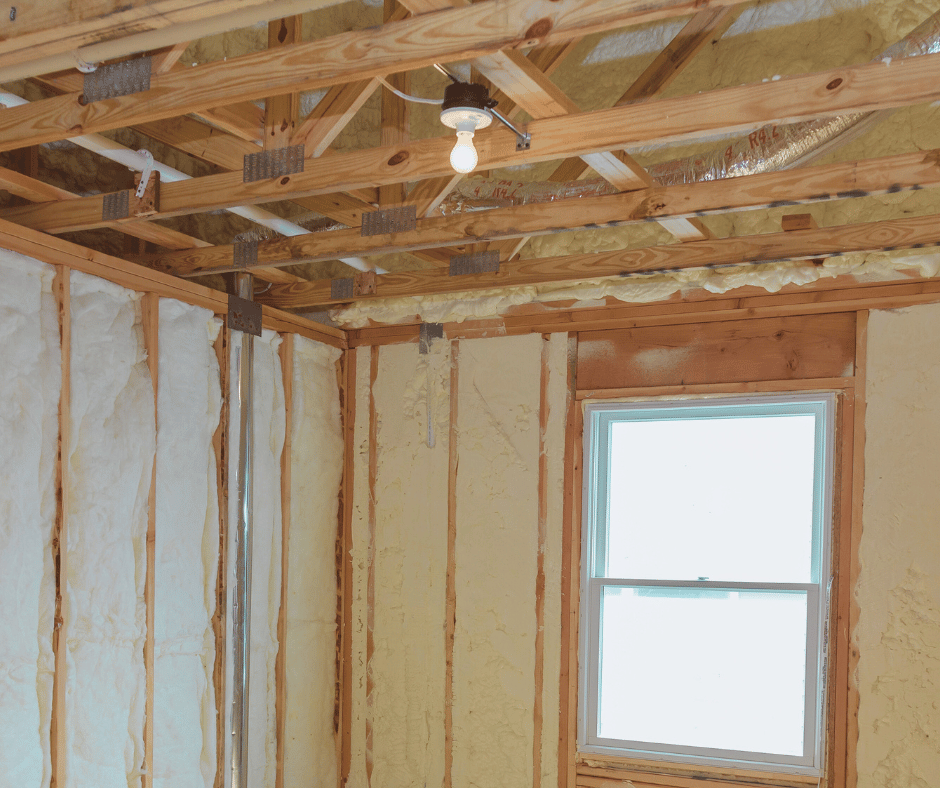
Choosing the Right Product
Not all radiant barriers are the same. A double reflective insulation radiant barrier has reflective surfaces on both sides, which is great in situations where heat can come from either direction—like unvented attics or walls. Single-sided barriers are fine in most attics, but double-sided products give more versatility.
When a client searches for a radiant barrier installer, I make sure to explain the differences in material quality, tear resistance, and fire rating. Cheaper products can tear during installation or lose reflectivity over time, so it’s worth investing in something durable.
The Installation Process
A lot of homeowners want to know how to install radiant barrier insulation in stud wall or attic rafters. While some DIYers give it a shot, professional installation ensures the barrier is placed correctly, without gaps, and with proper ventilation.
When I do a radiant barrier attic insulation project, I start by inspecting the attic for moisture issues, air leaks, or damaged insulation. Then we either staple the barrier to the underside of the roof rafters or lay it across the attic floor above existing insulation. In some cases, for new builds or renovations, we install the barrier inside stud walls to block heat transfer between rooms.
Installing in a stud wall is more involved—you have to cut the material to size, staple it to the studs, and make sure it’s sealed at the edges to prevent air leaks. That’s why I usually recommend hiring a radiant barrier installer rather than attempting it without the right tools.
Radiant Barrier Installation Near Me – Why Local Expertise Matters
If you’re searching “radiant barrier installation near me,” it’s worth finding someone who understands the local climate. In places like Texas, Florida, or Southern California, attics can hit 140°F or more. An installer with experience in your area will know how to optimize ventilation, choose the right product, and ensure your radiant barrier insulation works as intended.
I’ve seen DIY installations where the barrier was installed shiny side down or without proper airflow. In those cases, it not only failed to work—it trapped moisture and caused mold. That’s why experience matters.
Costs and Return on Investment
Homeowners always ask what radiant barrier insulation costs and whether it’s worth it. Prices vary based on attic size, installation method, and product choice. On average, adding a radiant barrier to an attic might cost $1,000–$2,500 for a typical home.
In my clients’ experience, the savings in cooling bills often pay for the upgrade in 3–5 years. And unlike some energy improvements, radiant barriers require little to no maintenance once installed.
Real-Life Results
One of my favorite projects was for a retired couple whose upstairs guest rooms were unusable in summer. We installed a double reflective insulation radiant barrier in their attic, sealed air leaks, and improved ventilation. That summer, they hosted their grandkids comfortably for the first time in years—and their electric bill dropped by nearly 20%.
I’ve had similar success with radiant barrier attic insulation in new construction. Builders who include it from the start often see homes that require smaller HVAC systems because the cooling load is reduced.
Final Thoughts
Radiant barrier insulation isn’t a magic bullet, but in the right climate, it’s one of the best bang-for-your-buck upgrades you can make. It works even better when paired with traditional insulation, and it can dramatically improve comfort in the hottest months.
If you’re comparing radiant barrier vs insulation, looking for a radiant barrier installer, or searching for radiant barrier installation near me, my advice is simple: get an expert opinion, choose quality materials, and make sure it’s installed right the first time. And if you’re curious how to install radiant barrier insulation in stud wall or attic spaces, we’re always happy to walk you through the options.
A well-installed radiant barrier keeps your home cooler, your AC running less, and your energy bills lower—year after year.
